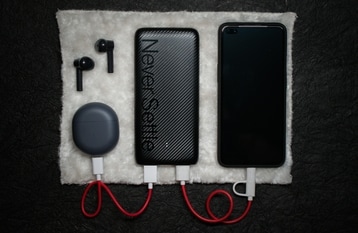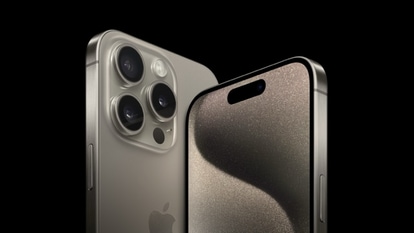Molecules that move objects
Scientists made a breakthrough in nanotechnology for development of molecular machines.
Scientists have made a breakthrough in nanotechnology which could hasten the development of molecular machines that could act as artificial muscles or drug delivery systems in the body.
Chemists at Edinburgh University said on Wednesday they had built molecules that can move objects larger than the size of an atom in an advance in the technology that deals with manipulating materials on a minuscule scale.
'Although man's understanding of how to build and control molecular machines is still at an early stage, nanoscale science and engineering could have a life-enhancing impact on human society comparable in extent to that of electricity, the steam engine, the transistor and the Internet,' Professor David Leigh told a science conference.
The chemists used ultra-violet light to stimulate the man-made molecules to propel small droplets of liquid across flat and sloped surfaces.
The achievement, according to the researchers, is equivalent to a conventional machine lifting an object to more than twice the height of the world's tallest building.
'It is only a very small droplet and it only moves a millimetre but in terms of extrapolation of length scales this is huge,' Leigh told the British Association science conference.
Nature uses molecular machines to perform all biological functions from moving muscles in the body to photosynthesis. Scientists are trying to unravel its secrets.
'When we learn to do the same, we really will have materials that today just sound like science fiction,' he added.
The technology involves altering matter on a incredibly tiny scale -- a billionth of a metre, or about 80,000 times smaller than the thickness of a human hair.
Nanotechnology is already being used in cosmetics, computer chips, sunscreens, self-cleaning windows and stain-resistant clothing.
Researchers predict the technology could lead to more powerful computers, very light but strong materials, advanced medical techniques and longer lasting, more effective medicines.
Leigh and his colleagues, whose work is published in the journal Nature Materials, said the ultra-violet light causes a chemical reaction to occur that drives the droplets of liquid.
The movement is tiny but it represents a large step forward because scientists are just beginning to learn to make machines with artificial molecules.
Catch all the Latest Tech News, Mobile News, Laptop News, Gaming news, Wearables News , How To News, also keep up with us on Whatsapp channel,Twitter, Facebook, Google News, and Instagram. For our latest videos, subscribe to our YouTube channel.


























